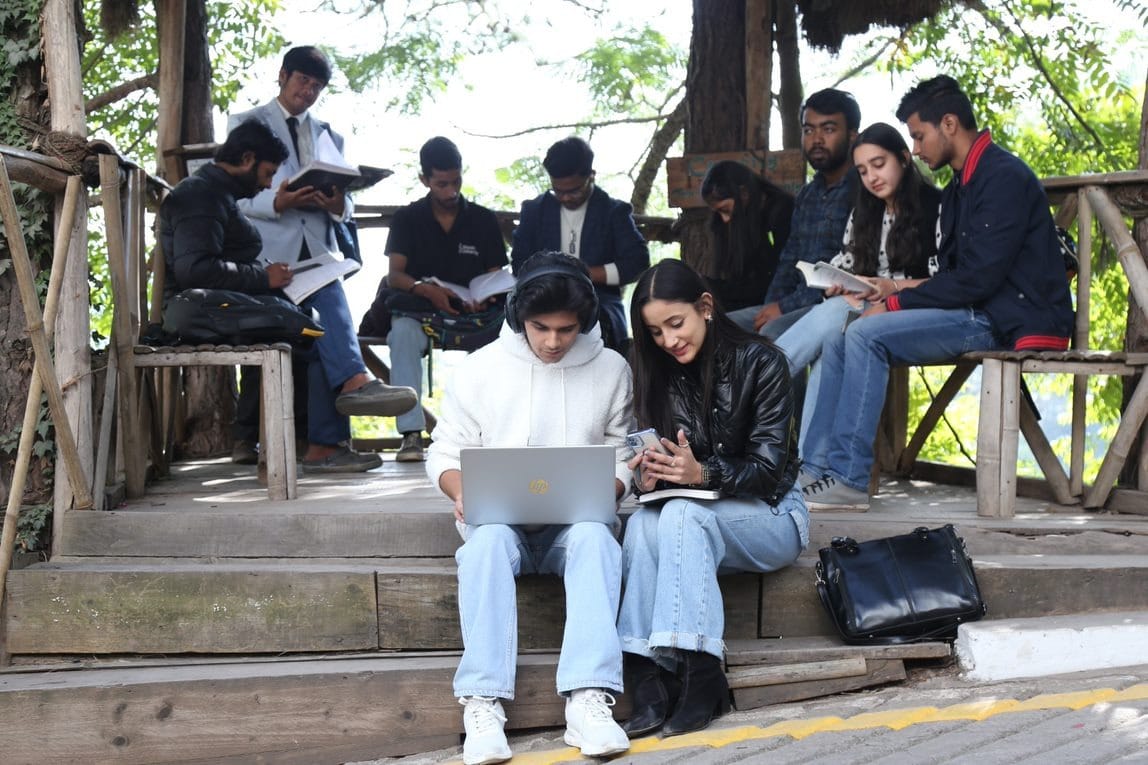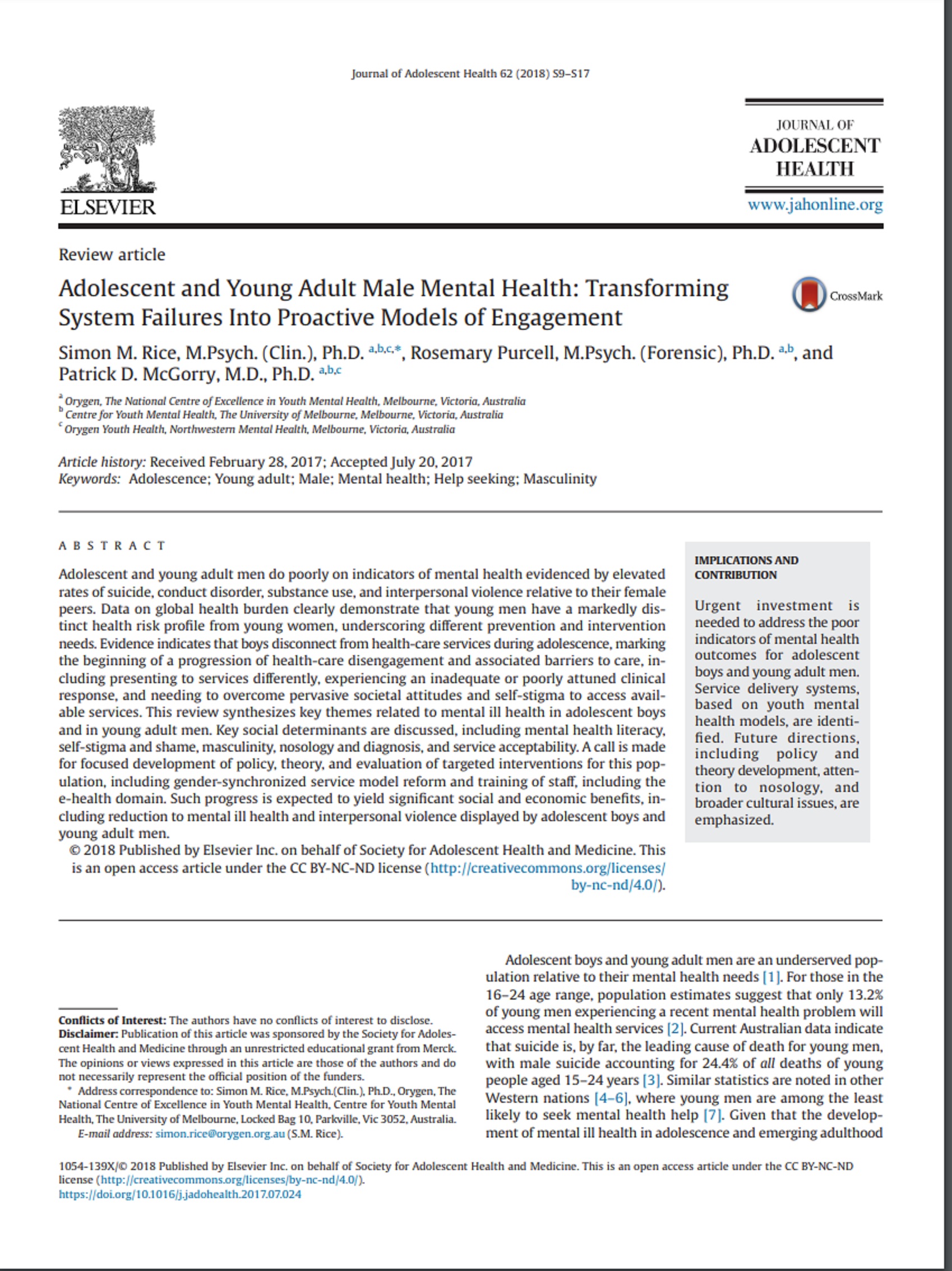The Characters, or Manners of the Age
- Home Page 315

Data Points
This content is accessible to paid subscribers. To view it please enter your password below or send mike@standardsmichigan.com a request for subscription details.
Readings / Green Theology
This content is accessible to paid subscribers. To view it please enter your password below or send mike@standardsmichigan.com a request for subscription details.
Spring Week 24 | June 9 – June 15
Monday | June 9 | Colloquium 15:00 UTC
Tuesday | June 10 | Colloquium 15:00 UTC
Wednesday | June 11 | Colloquium 15:00 UTC
Thursday | June 12 | Colloquium 15:00 UTC
Friday | June 13 | Colloquium 15:00 UTC
Saturday | June 14
Sunday | June 15
ग्रीष्मकालीन पाठ्यक्रम सप्ताह 30 | 24 जुलाई – 30 जुलाई
सोमवार | जुलाई 24 | Colloquium 15:00 UTC
मंगलवार | 25 जुलाई | Colloquium 15:00 UTC
बुधवार | जुलाई 26 | Colloquium 15:00 UTC
गुरुवार | 27 जुलाई | Colloquium 15:00 UTC
रविवार जुलाई 28| Colloquium 15:00 UTC
शनिवार 29 जुलाई
रविवार जुलाई 30
Readings / Sport, Culture & Society
…”Sport is an extraordinarily important phenomenon that pervades the lives of many people and has enormous impact on society in an assortment of different ways. At its most fundamental level, sport has the power to bring people great joy and satisfy their competitive urges while at once allowing them to form bonds and a sense of community with others from diverse backgrounds and interests and various walks of life. Sport also makes clear, especially at the highest levels of competition, the lengths that people will go to achieve victory as well as how closely connected it is to business, education, politics, economics, religion, law, family, law, family, and other societal institutions. Sport is, moreover, partly about identity development and how individuals and groups, irrespective of race, gender, ethnicity or socioeconomic class, have sought to elevate their status and realize material success and social mobility”….
(CLICK ON IMAGES)
National Fire Protection Association
For the last century, local, state, and federal governments have relied on private non-profit organizations like NFPA to develop the codes that are adopted into law to protect public safety. The cost of developing the codes is covered not by taxpayers but by the standards organizations themselves, who recover those costs through their ownership of the copyrights in the codes and standards. “Even though we own those copyrights, NFPA strives to make its documents as accessible as possible, because we believe this is the best way to accomplish our mission,” says NFPA President Jim Shannon. NFPA is proud to have been the first organization to have taken the bold step of creating free public access to privately developed codes and standards.
New update alert! The 2022 update to the Trademark Assignment Dataset is now available online. Find 1.29 million trademark assignments, involving 2.28 million unique trademark properties issued by the USPTO between March 1952 and January 2023: https://t.co/njrDAbSpwB pic.twitter.com/GkAXrHoQ9T
— USPTO (@uspto) July 13, 2023
Standards Michigan Group, LLC
2723 South State Street | Suite 150
Ann Arbor, MI 48104 USA
888-746-3670



















